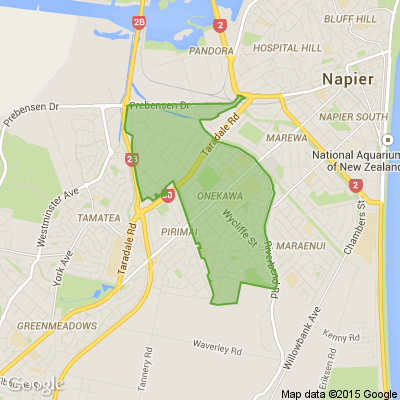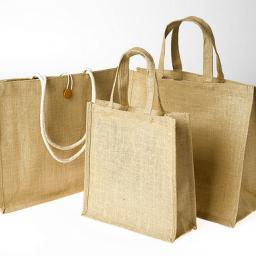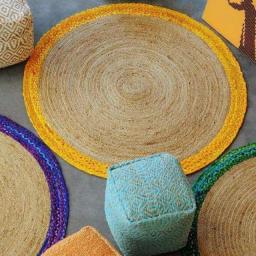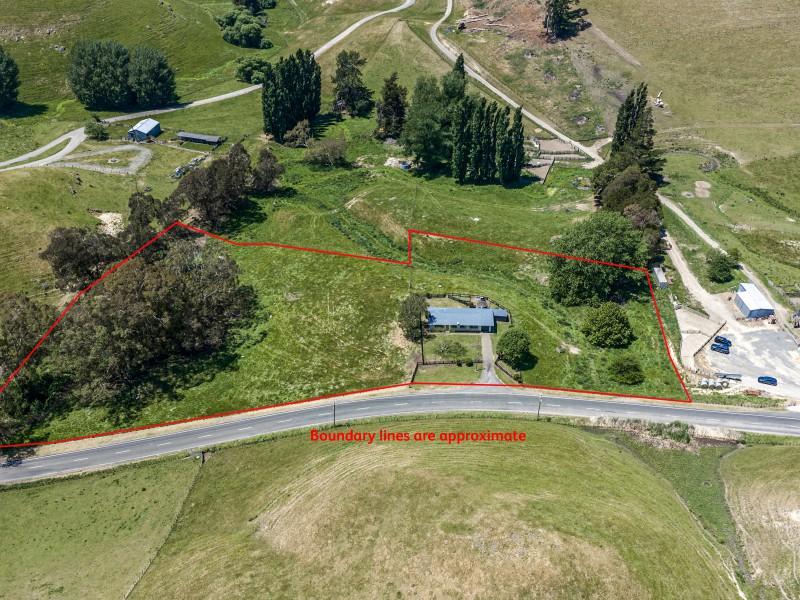Jumping for Jute!
Jute is a natural fibre with golden & silky shine, and hence nicknamed as The Golden Fibre.
Jute is one of the most versatile natural fibres that has been used in raw materials for packaging, textiles, non-textile, and agricultural sectors.
Jute is a vegetable plant whose fibres are dried in long strips, and it’s one of the cheapest natural materials available; together with cotton, it is one of the most frequently used.
The plants from which jute is obtained grow mainly in warm and humid regions, such as Bangladesh, China, and India.
Jute can be grown year-round and is harvested every six months. It can take decades to produce the same volume of wood fiber and it requires much larger tracts of land to cultivate.
The woody core of the jute plant, called hurd, has thousands of potential industrial and commercial uses. As an alternative to wood, hurd is capable of meeting most of the world’s demand for wood and wood products. Using hurd and jute fibres means that the level of deforestation to meet the current demand for paper and wood could be significantly decreased if they were used as an alternative.
Jute is 100% biodegradable (it degrades biologically in 1 to 2 years), low-energy recyclable, and can even be used as compost for the garden. It is clear in terms of reusability and recyclability that jute bags are one of the best options available nowadays.
Jute fibres are tougher and more resilient than paper made from wood pulp and can withstand prolonged exposure to water and weather. They can be reused many times and are thus very environmentally friendly.
The application of jute is a significant step in combating the use of different materials containing toxic wastes. Jute bags cut down the employment of plastic bags, which have now been effectively banned in many countries due to their harmful components. Jute seems to be one of the best alternatives to it.
We hope you enjoyed learning about Jute as much as we did, we would love to hear your comments!
Scam Alert: Fake information regarding December Bonuses from MSD
The Ministry of Social Development is reporting that fake information is circulating about new ‘December bonuses’ or ‘benefit increases’
If you get suspicious communication, please contact Netsafe.

Further important update to all Neighbourly members
Dear Neighbours,
We wanted to update you with what we have uncovered in regards to the potential Neighbourly data breach which we were alerted to on Thursday January 1.
Over the past few days we have worked to understand whether our members’ data had been accessed without authorisation and, if so, the extent of the breach.
We have now confirmed that there was a breach of some data from our registered users. We are now satisfied that the breach was quickly contained, and we have restored the Neighbourly site and services.
Our investigations have shown that there was unauthorised access of Neighbourly data, which included our registered members’ names, email addresses, GPS coordinates, forum posts and member communications. It did not include passwords but some publicly advertised event and business addresses were included.
Following best practice, we will look to seek a court injunction against any use of the material.
We want to apologise to our members for this occurrence and any concerns it may have caused you over the past few days. We have, of course, addressed the issue that allowed the theft to occur, and we are satisfied that the site is secure for use by all of our members. We will work closely with all our staff to ensure we have the most robust processes in place to prevent it from happening again.
Thank you to our members who contacted us over this period and for the understanding you have shown as we work through the complex issues associated with cyber theft.
Q&A regarding Neighbourly data breach
The Team at Neighbourly










 Loading…
Loading…











